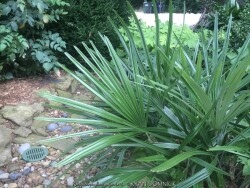
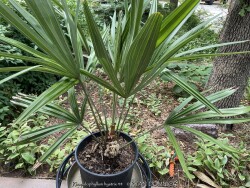
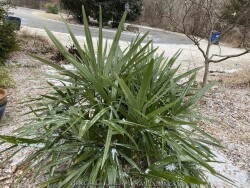
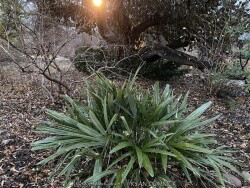
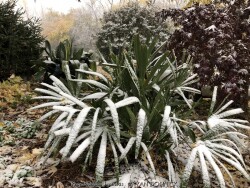
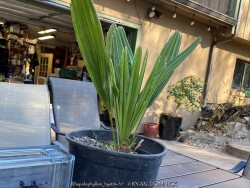
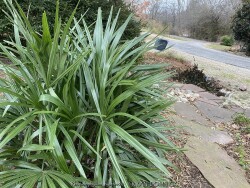
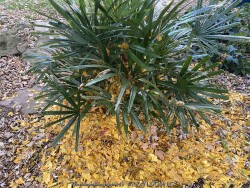
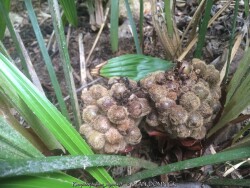

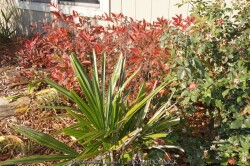
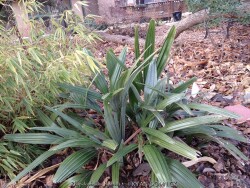

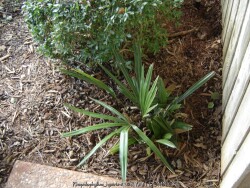
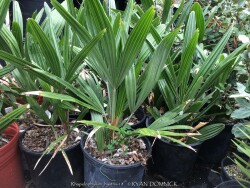

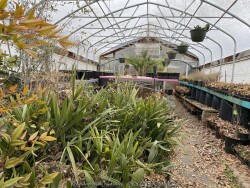

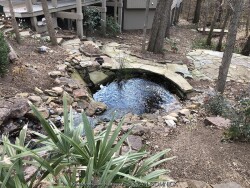
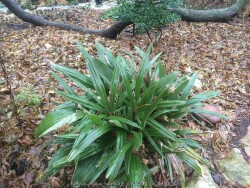

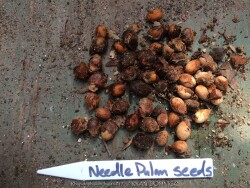
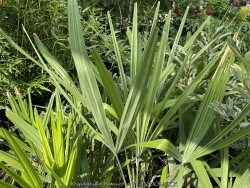
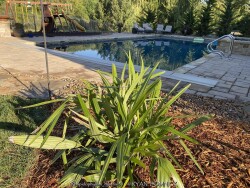
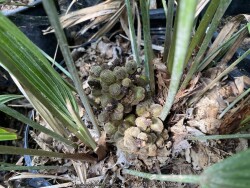
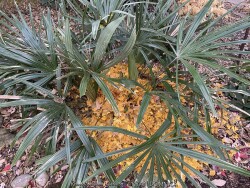
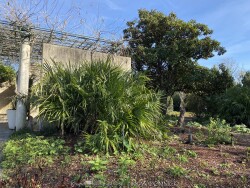
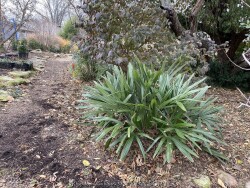

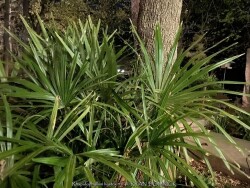

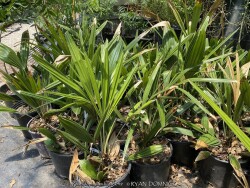

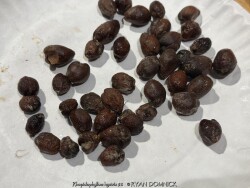

Plant Min Zone: 5b
Plant Max Zone: 10b
Sunlight: Full Sun, Part Sun, Shade
Water / Rainfall: Average, High, Very High
Soil Quality: Average, Rich
Bloom Season: Insignificant
Flower Color: Insignificant
Berry / Fruit Color: Brown-Beige
Spring Foliage Color: Dark Green
Summer Foliage Color: Dark Green
Fall Foliage Color: Dark Green
Evergreen Foliage: Yes
Winter Interest: Yes
Scented Flowers: No
Drought Tolerance: Medium
Wet-Feet Tolerance: High
Humidity Tolerance: High
Wind Tolerance: Low
Poor Soil Tolerance: Clay Soils
Height: 2' - 4'
Width: 2' - 4'
Growth Rate: Slow, Extremely Slow
Service Life: Extremely long: over 20 years
Maintenance Need: Almost Zero Maintenance
Spreading Potential: Extremely Low
Yearly Trimming Tips: Trim Evergreen Shrub Yearly in Spring or Summer to Desired Size: Not Grown for Flowers or Fruit.
Plant Grouping Size: Specimen Planting of 1-3, Small Grouping of 3-5
Best Side of House: South Exposure, West Exposure, East Exposure
Extreme Planting Locations: Tolerates Extreme Heat, Resistant to Rabbits, Base of Retaining Wall Locations
Ornamental Features: Bright Winter Color, Multiple Seasons of Interest, Large Tropical Foliage / Flowers, Exceptional / Colorful Foliage
Special Landscape Uses: None
Possible Pest Problems: Stem/Crown Disease, Scales
Plant Limitations: May get Occasional Winter-kill, Has Thorns, Slow to Reach Mature Size
Shippable in 2026: YES
Needle palm (Rhapidophyllum hystrix) is a very special plant in that it is the world's most cold-hardy palm. Needle palm is native to the lower Southeast US with its original native range probably pushed south during the last Ice Age. This would explain its -20°F cold hardiness rating. Bright green foliage is shiny and fan-like; typical of any fan palm. When grown in a northern climate such as Kansas, growth is pretty slow at first and some winter damage should be expected if temperatures drop below -5 degrees F. It is advisable to mulch the crown of a newly planted Needle Palm with 6 to 8 inches of mulch for the first few years. Established plants get about 3 to 4 feet tall after 10-20 years. Needle Palms tolerate excessive moisture and rain gardens but prefer rich well-drained soil. Needle palm grow in full sun to full shade (much slower growth).They are also notably drought tolerant if grown in full sun but not in dry shade. They do need a hot and humid (Kansas) summer to build up stored energy for the next winter. There have been problems in the Eastern United States with crown-rot from winter moisture but generally in Kansas with pretty dry winters, this has not been a problem. Useful in the landscape as a tropical looking evergreen specimen plant. Unlike other Evergreens, needle palm maintains bright green foliage, not dingy olive green like many conifers. Combine with just about any other flowering plants and most garden themes. This true palm, however, is a must for any tropical theme garden. Mix with hardy banana (Musa basjoo), canna, or crinum lily! Rhapidophyllum hystrix has been planted in our trial gardens and at several residential gardens in Lawrence, KS (zone 6a) 10-15 years ago. During the arctic blast of February, 2021, lows down to -17 degrees F on Feb 16th, 2021 were recorded. The longevity of this cold blast was also impressive: 10 days on a row with highs of 10-15 degrees F or lower, 8 nights of lows in the single digits and negatives, and 36 straight hours of 0 degrees F and mostly lower. Minimal foliage damage resulted on established plants, more damage occured on small plants but they recovered by mid-summer.